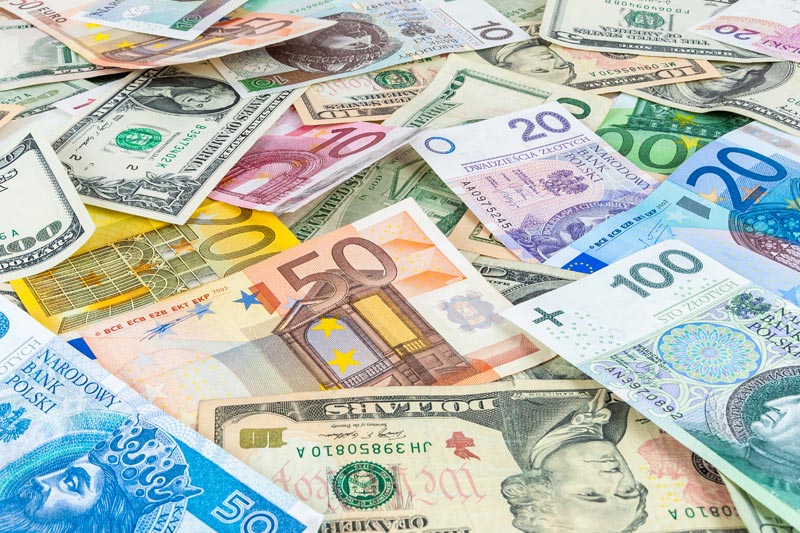Investing.com - The Australian dollar rose against its U.S. counterpart on Thursday, despite downbeat Australian jobs data, as a Chinese trade balance report lent support to the Aussie.
AUD/USD hit 0.9090 during late Asian trade, the pair's highest since July 30; the pair subsequently consolidated at 0.9081, advancing 0.91%.
The pair was likely to find support at 0.8920, Wednesday's low and resistance at 0.9206, the high of July 30.
Official data showed that the number of employed people in Australia fell by 10,200 in July, confounding expectations for a 5,000 rise. June's figure was revised down to a 9,300 rise from an initial 10,300 increase.
The report also showed that Australia's unemployment rate remained unchanged at 5.7% last month, compared to expectations for an uptick to 5.8%.
Separately, Chinese trade data release showed that exports were up 5.1% from a year earlier in June, easing concerns over a slowdown in the world’s second-largest economy. Imports were 10.9% higher on a year-over-year basis, pointing to strong domestic demand.
China is Australia's biggest export partner.
The Aussie was sharply higher against the euro with EUR/AUD dropping 0.87%, to hit 1.4691.
AUD/USD hit 0.9090 during late Asian trade, the pair's highest since July 30; the pair subsequently consolidated at 0.9081, advancing 0.91%.
The pair was likely to find support at 0.8920, Wednesday's low and resistance at 0.9206, the high of July 30.
Official data showed that the number of employed people in Australia fell by 10,200 in July, confounding expectations for a 5,000 rise. June's figure was revised down to a 9,300 rise from an initial 10,300 increase.
The report also showed that Australia's unemployment rate remained unchanged at 5.7% last month, compared to expectations for an uptick to 5.8%.
Separately, Chinese trade data release showed that exports were up 5.1% from a year earlier in June, easing concerns over a slowdown in the world’s second-largest economy. Imports were 10.9% higher on a year-over-year basis, pointing to strong domestic demand.
China is Australia's biggest export partner.
The Aussie was sharply higher against the euro with EUR/AUD dropping 0.87%, to hit 1.4691.
